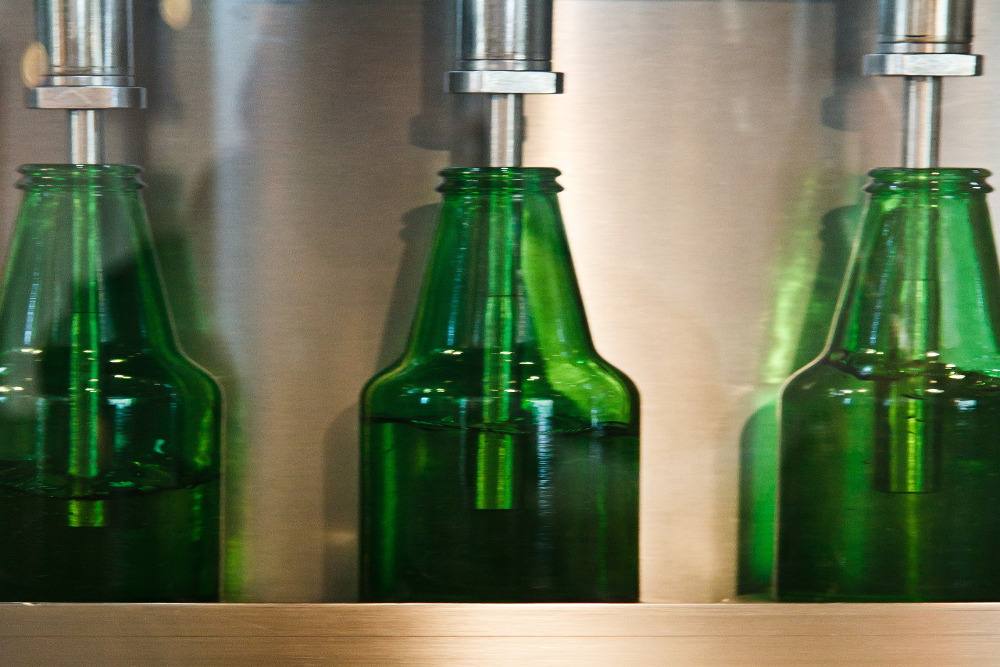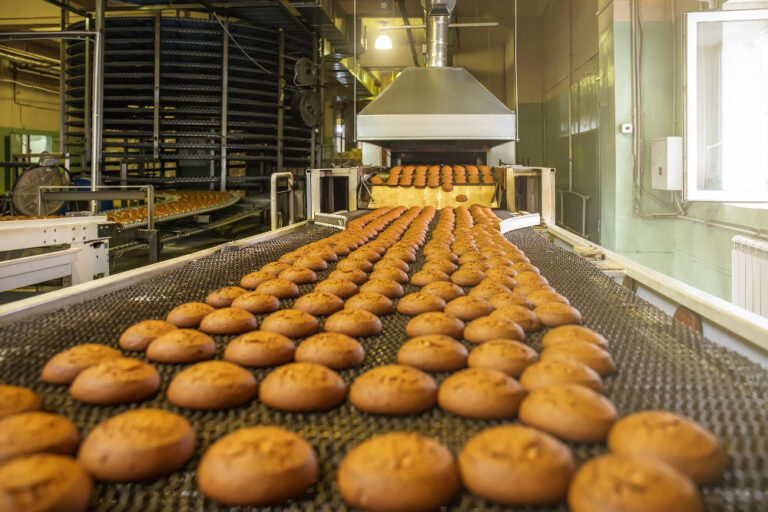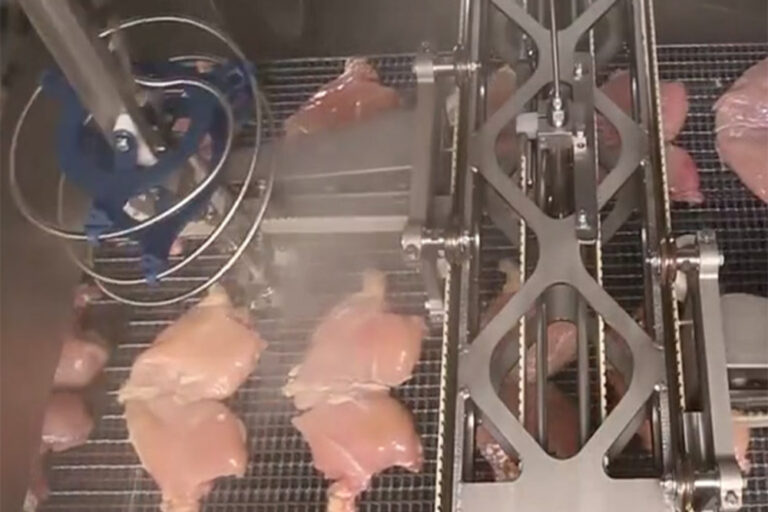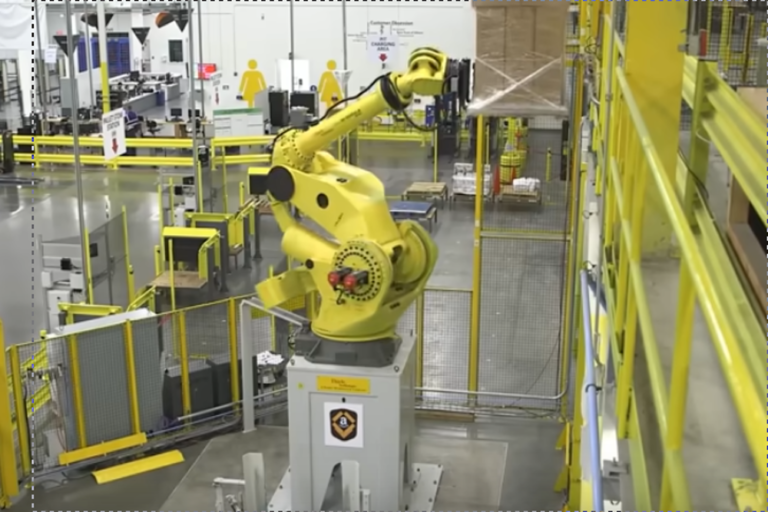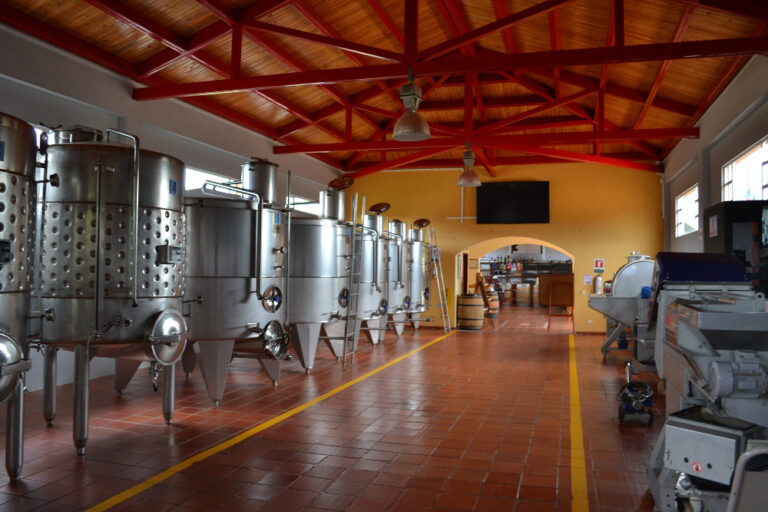LabMaster Automated Bottling and Packaging
Scientific Solutions LabMaster® food processing products are essential parts of the bottling and packaging operation and provide microprocessor Digital and Analog Outputs (DO, DAC) for controlling the conveyors, motors, pumps and other line equipment; Digital and Analog inputs (DI, ADC) for monitoring and providing feedback control of the processing line overall speed, liquid leveling automatic temperature compensation for volumetric filling; System Timer/Counters (STC) for accurate stepper motor control and high-speed bottle counting operations; and process based database access for real-time augmented label printing of date, time, use-by date and lot code contact tracing.
Bottling production lines are specially designed automation systems that fill bottles with a liquid, be it a beverage, sauce, oil, syrup or any number of different product types. Bottling lines are not simply a matter of just filling the bottle with the product. The bottles must be clean (sanitized), rinsed, filled, capped, labeled and packaged. All this at a rate that supports your desired production output; from 25 bottles per minute for a small operation such as a craft beverage producer to 100 bottles per minute for standard mid range products to 1000 bottles per minute for high volume applications.
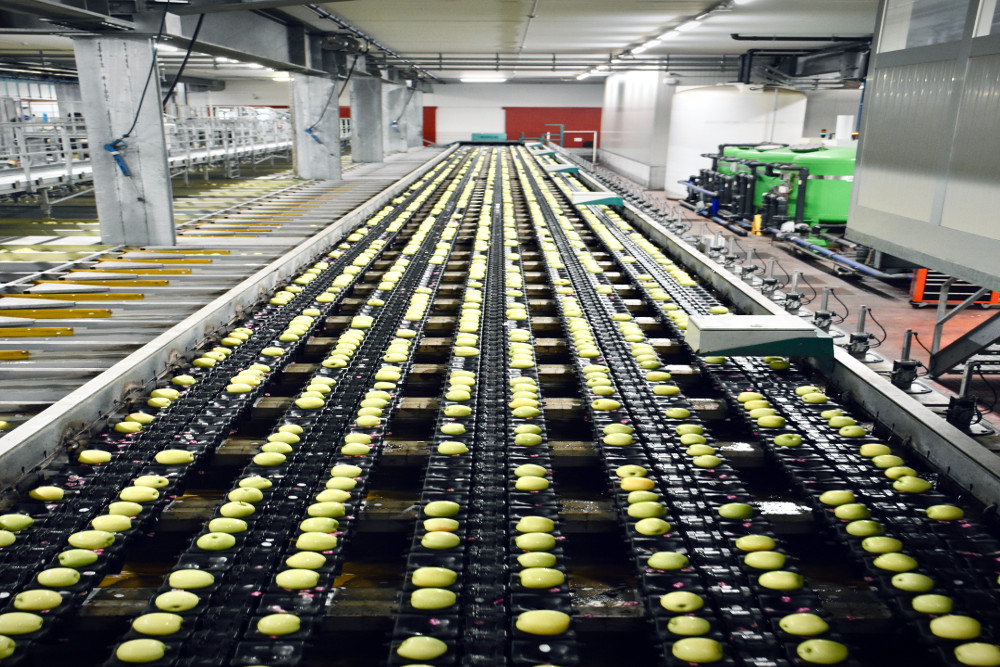
Scientific Solutions’ LabMaster® process control products provide complete control and real-time monitoring of the bottling process; from bottle depalletising, thru sanitization, purging, filling, capping, labeling and final packaging for distribution.
.
Sanitizing: An important part of the bottling process is sanitizing. Bottles must be sanitized and free from any residues including dust prior to the filling process. The substance used as the bottle sanitizer must be easily purged by rinsing for compatible with the liquid product.
Rinsing: Generally bottles are rinsed with filtered water and air and may have carbon dioxide injected to reduce the oxygen level in the bottle in preparation for the filling stage.
Filling: Using the proper filler technique matched to the particular product is essential to a successful bottling operation. The filler must be selected so not to overexpose the product to too much oxygen which can both shorten the shelf life and affect the taste. Long tube fillers are very effective and consist of a long tube which enters the bottle and fill from the bottom of the bottle and reduce oxygen exposure. Short tube fillers are a more costly, but generally more effective method and use counterpressure or purgers to remove the oxygen from the bottle prior to filling. There are many different types of fillers including siphon, vacuum, gravity, pressure, counter pressure, piston, rotary valve, servo pumps and peristaltic pumps as examples. Many choices to match the type of liquid being filled.
Capping: Once the bottles are filled with the desired product, they progress to the capper. Prior to capping, a final injection of an inert gas such as carbon dioxide or nitrogen is applied on top of the liquid to disperse and displace the oxygen from the “headspace” gap between the liquid surface and the bottle cap as residual oxygen can ruin the quality of the product due to oxidation. Then a cap, cork or other seal is applied and bottle is sealed.
Labeling: Now that the bottle is filled and sealed, it enters the labeling stage where a label is applied to the bottle. The pre-printed label is often augmented with a real time lot number, date or shelf life printed code which is essential for traceability of the product for quality assurance and consumer information regarding product shelf-life and “best by” dates.
Packaging: The filled, sealed, labeled bottles are now ready for packing into boxes for warehouse storage and distribution to the sales outlet.

